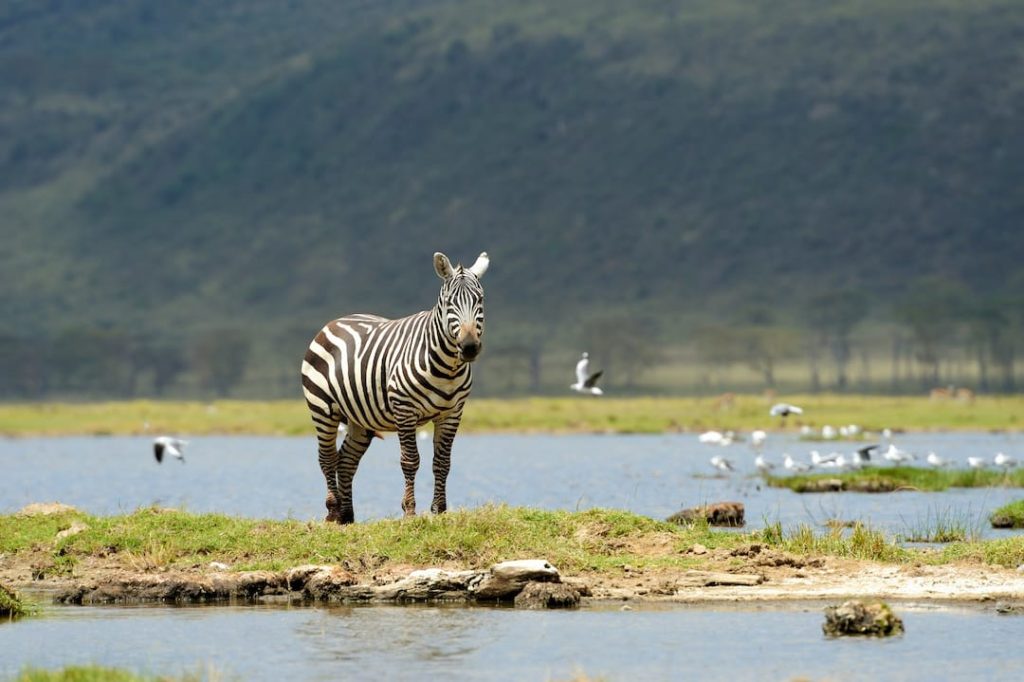The Serengeti National Park

Have you ever been on a Safari? If not, Safari Serengeti is the one to visit. It is one of the most popular safaris in Africa and is visited by thousands of tourists each year.
The Serengeti National Park is Africa’s most famous wildlife hotspot. It covers an area of approximately ten thousand square kilometers and has a variety of landscape characteristics, including desert, grasslands, mountains, and plains.
The park has a population of about twenty-two hundred thousand chimpanzees and other large animals. On the Serengeti plains, a variety of wild animals can be found browsing on plant-covered slopes or foraging through waiting watering holes. A variety of birds can be seen throughout the year, with nearly half of the species migrating to Kenya’s Maasai Mara Game Reserve in the north-central Serengeti plains.
The Serengeti Migration
The Serengeti migration is seasonal. There are two migration routes, the northern and the southern route.
In summer, the northern route is the only available route for migration and the remaining animals head south for the winter. The southern route starts from the southern Serengeti plains and goes as far south as the Malindi basin.
The migration is a highly migratory event, with nearly forty percent of the whole population visiting the Serengeti each year.
The majority of the park’s animals migrate to feed at the many lakes located in its central plateau. The lakes provide water and a safe place for the animals to survive harsh winter weather.
The Serengeti National Park is a great location for bird watchers to observe this migratory process, and many people come to the park to watch birds in their natural habitat.
The Big Five
Among the many animals inhabiting Africa’s savanna vegetation, perhaps none is more quintessential to the essence of what the continent is all about than the big five animals.
With their graceful grace and extravagant physical features, these creatures are reminders of the awe-inspiring beauty of primordial Africa – the realm in which the great migration waves first made their perilous voyage across the heavens on the dawn of creation.
Today, the magnificent big five animals – leopards, black rhinos, African lion, Asian elephant, and Cape buffalo – can be found in The Serengeti National Park!
While some of the big five animals have their origins in other parts of the world (the big five animals all descend from the horse line, after all), all five are native to Africa and can be found in the greatest expanse of the most beautiful place on Earth: the Serengeti.
For years, the Serengeti has been the favored destination for those seeking an amazing array of wildlife and scenery, with millions of visitors each year marveling at the wonder of the wild in all its glory.
The primary reason that The Serengeti has become such a favored destination is the fact that it is among the last places on Earth where you will find large herds of wildebeests, which roam freely and hunt by night for the huge herds of wildebeest and other herbivores that inhabit the landscape.
The Serengeti also offers a number of other opportunities for visitors to spend time in the wild, including but not limited to tracking down a variety of wild animals and plants, hiking to high areas, camping in open grasslands, and taking advantage of one of the many outfitter companies in town.
Final Thoughts
If you plan to visit the Serengeti, then you will need to arrange your trip several months in advance to allow for plenty of time for research and planning. You can expect to see a variety of different animals once you reach the park, including wildebeests, lions, hyenas, buffaloes, zebras, elephants, rhinos, and Cape buffalo. The migration season is from June to September, so you will have a good chance of seeing animals migration from all over the world. It’s also important to be aware that while the animals are plentiful in the Serengeti, they do become overpopulated at certain times of the year. If you want to see the animals and avoid overcrowded areas, then plan to visit the park in the winter.
